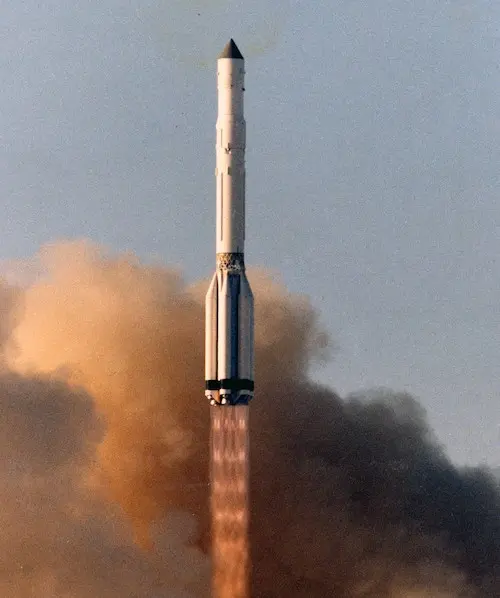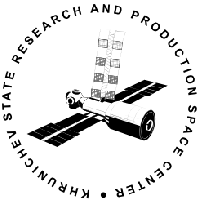Venera 11
Launch Success
Liftoff Time (GMT)
03:25:39
Saturday September 9, 1978
Mission Details
Venera 11
The Venera 11 (Russian: Венера-11 meaning Venus 11) was a Soviet uncrewed space mission which was part of the Venera program to explore the planet Venus. Venera 11 was launched on 9 September 1978. Separating from its flight platform on December 23, 1978 the lander entered the Venus atmosphere two days later on December 25 at 11.2 km/s. During the descent, it employed aerodynamic braking followed by parachute braking and ending with atmospheric braking. It made a soft landing on the surface at 06:24 Moscow Time (03:24 UT) on 25 December after a descent time of approximately 1 hour. The touchdown speed was 7 to 8 m/s. Information was transmitted to the flight platform for retransmittal to earth until it moved out of range 95 minutes after touchdown. Landing coordinates are 14°S 299°E. The lander carried instruments to study the temperature and atmospheric and soil chemical composition. A device called Groza detected lightning on Venus. Both Venera 11 and Venera 12 had landers with two cameras, each designed for color imaging, though Soviet literature does not mention them. Each failed to return images when the lens covers did not separate after landing due to a design flaw. The soil analyzer also failed. A gas chromatograph was on board to measure the composition of the Venus atmosphere, as well as instruments to study scattered solar radiation. Results reported included evidence of lightning and thunder, a high Ar36/Ar40 ratio, and the discovery of carbon monoxide at low altitudes.
Heliocentric Orbit
1 Payload
4,936 kilograms
Rocket


Manufacturer
KhrunichevRocket
Height: 56.14m
Payload to Orbit
LEO: 19,000 kg
GTO: 9,000 kg
Liftoff Thrust
9,468 Kilonewtons
Fairing
Diameter: 3.9m
Height: 10.4m
Stages
4
Launch Site
Stats
Proton-K
66th
Mission
5th
Mission of 1978
Khrunichev State Research and Production Space Center
1250th
Mission
59th
Mission of 1978
1978
87th
Orbital launch attempt